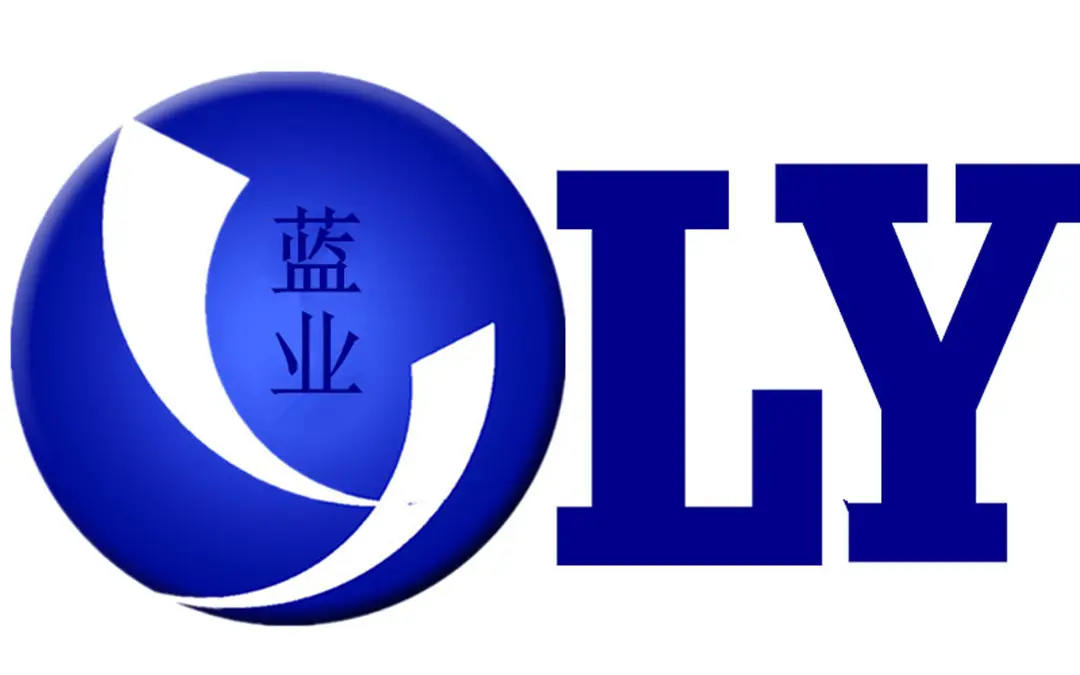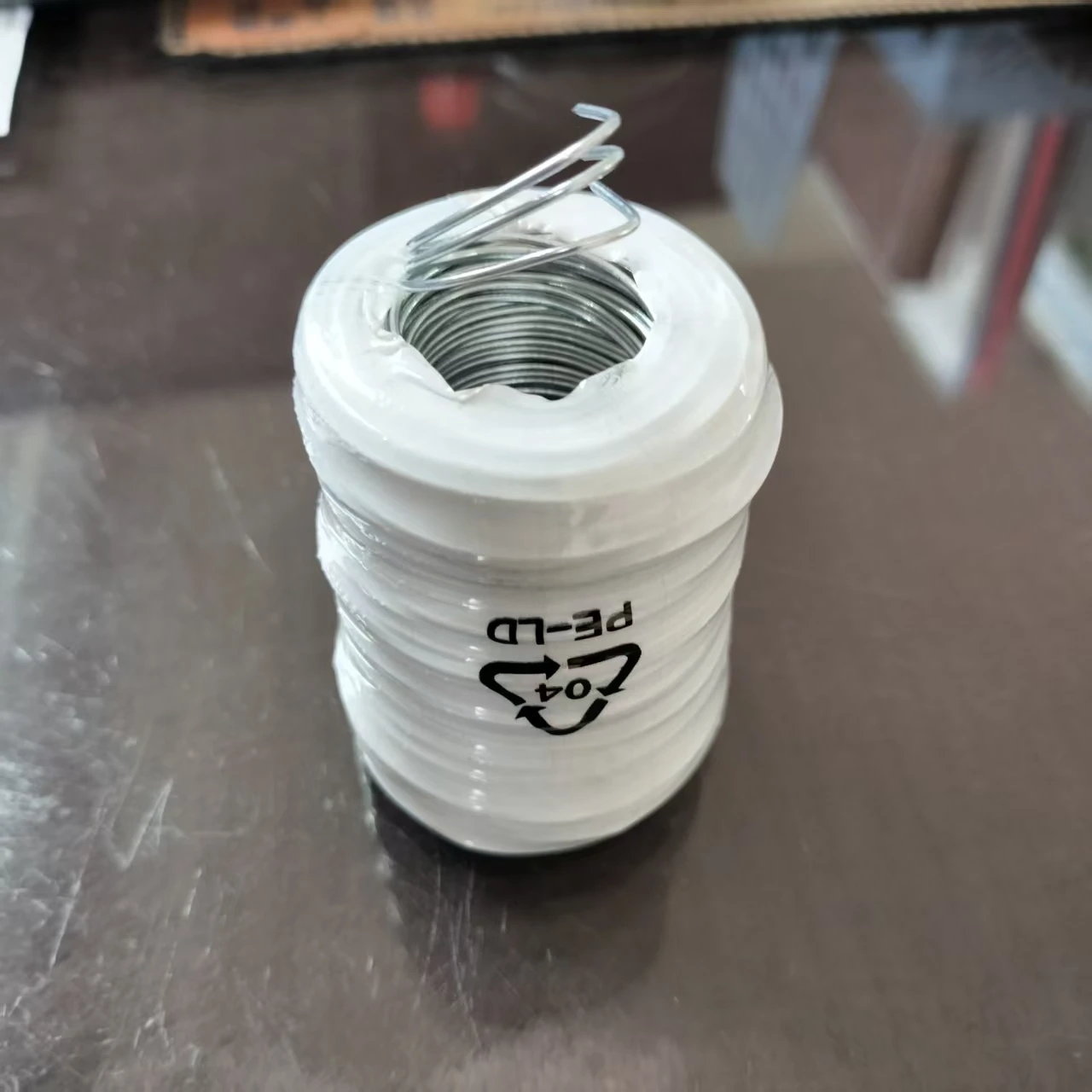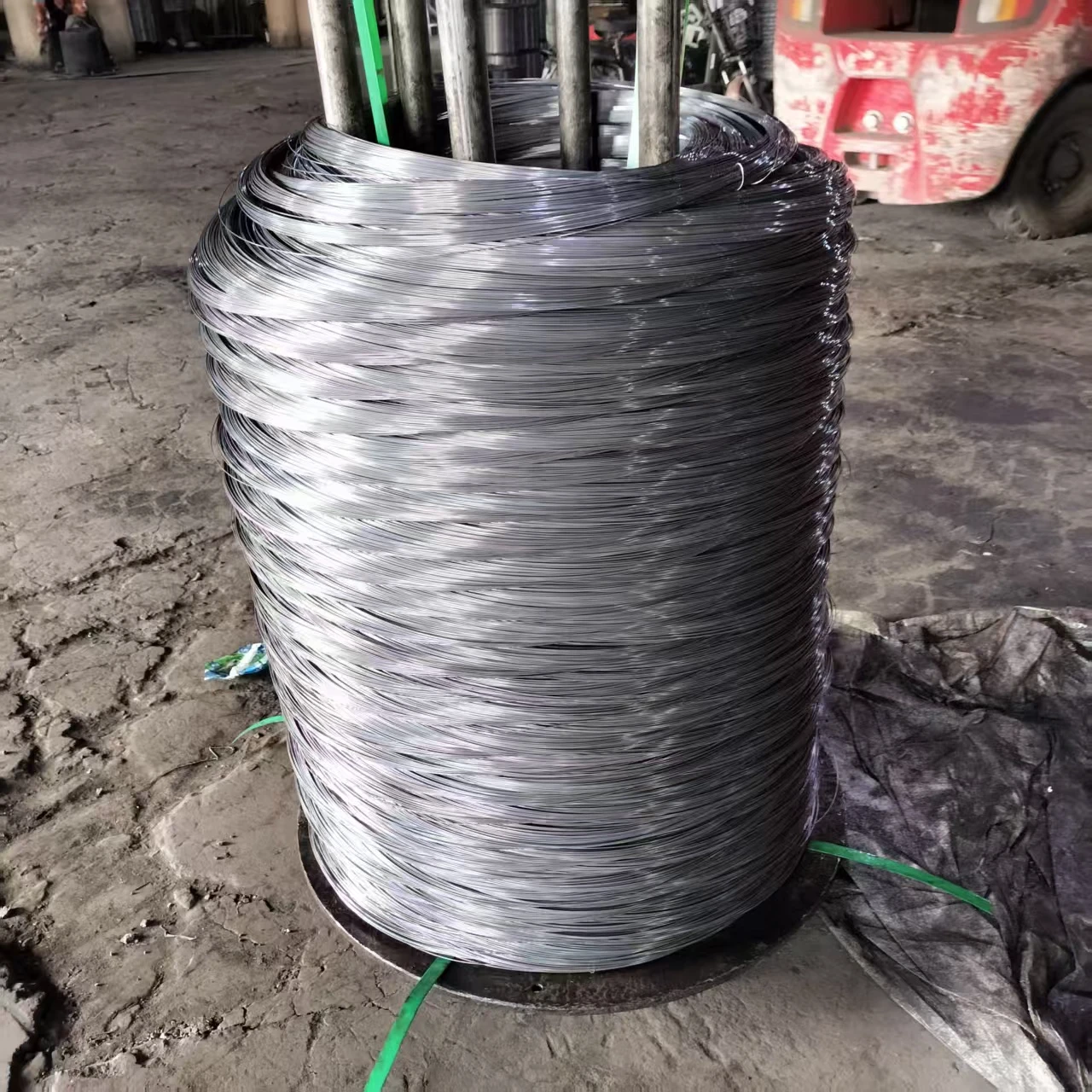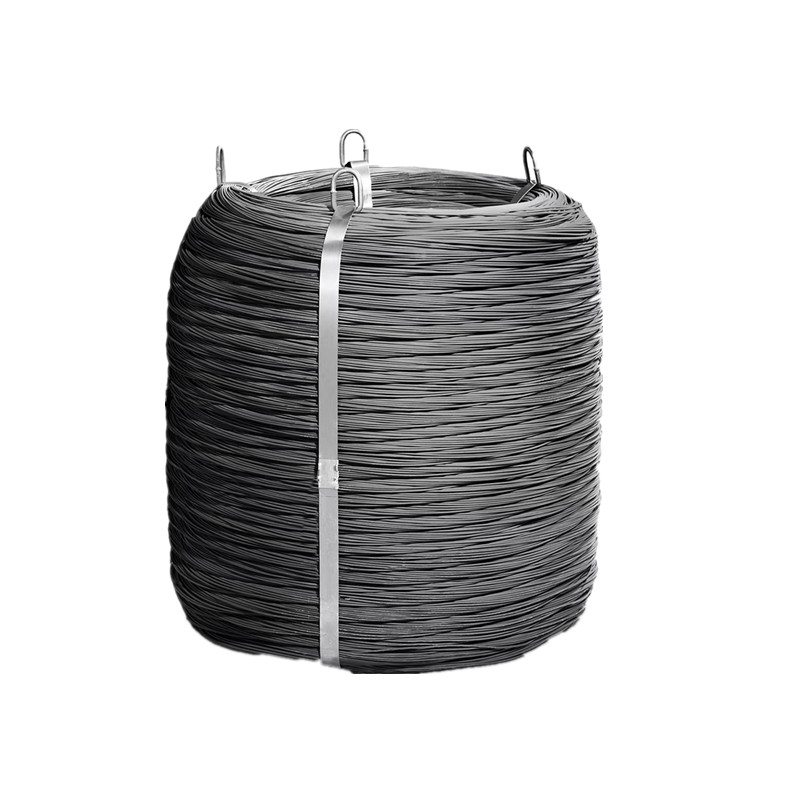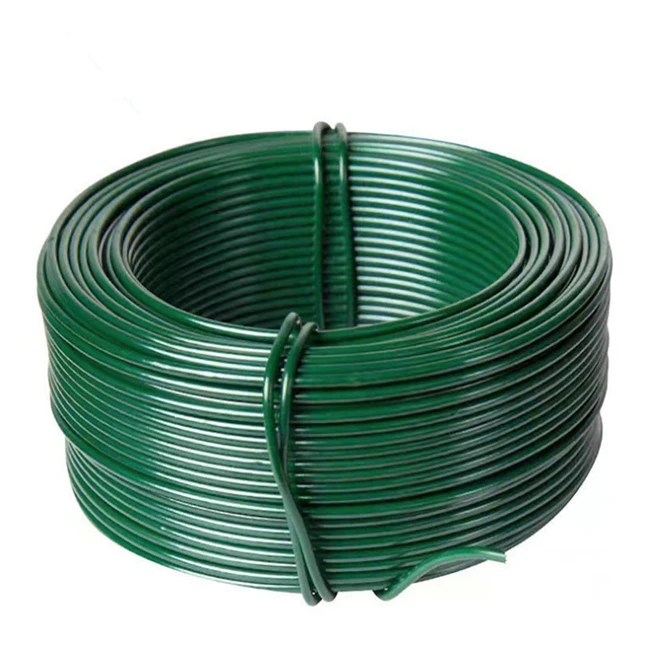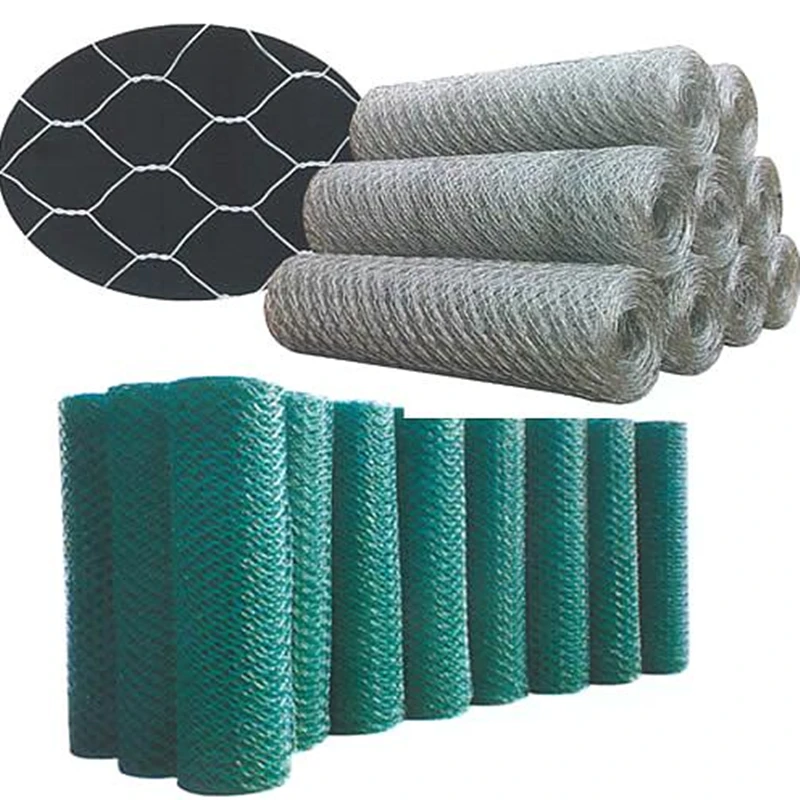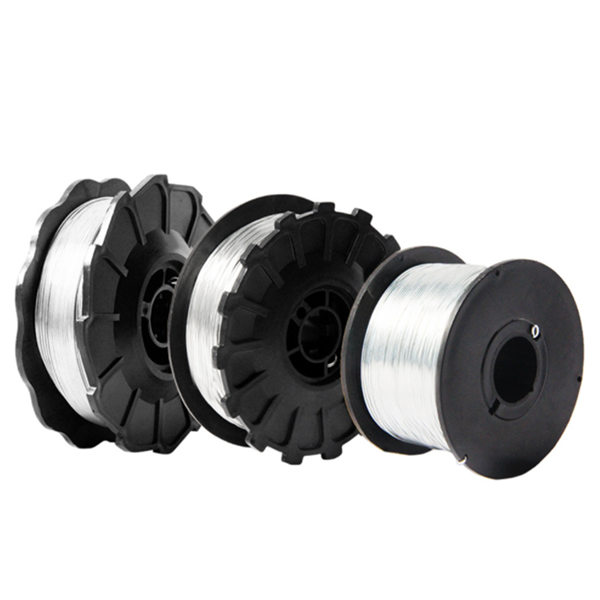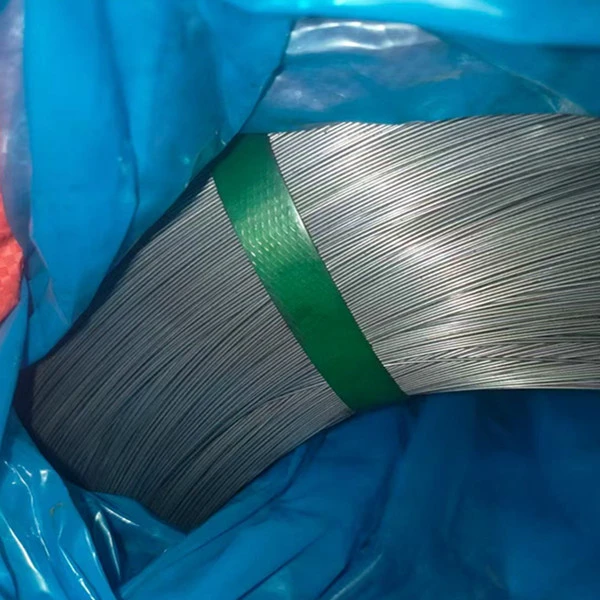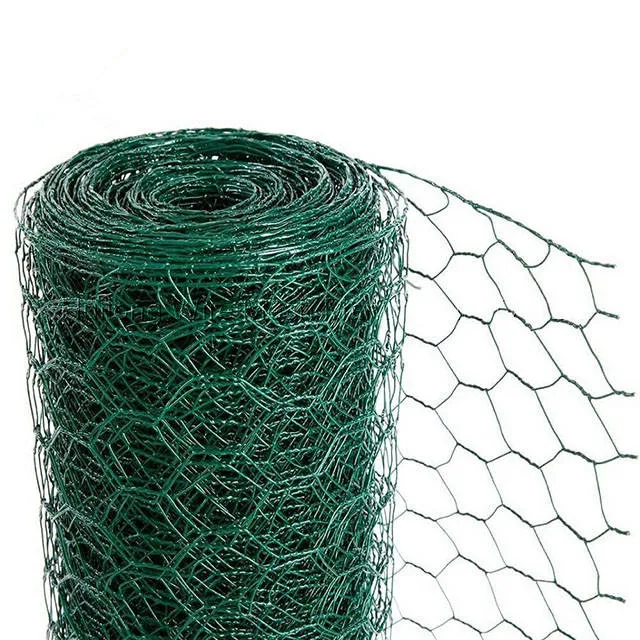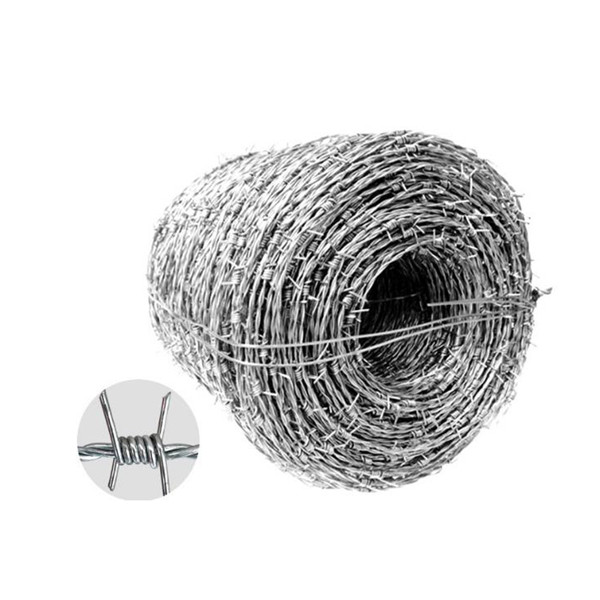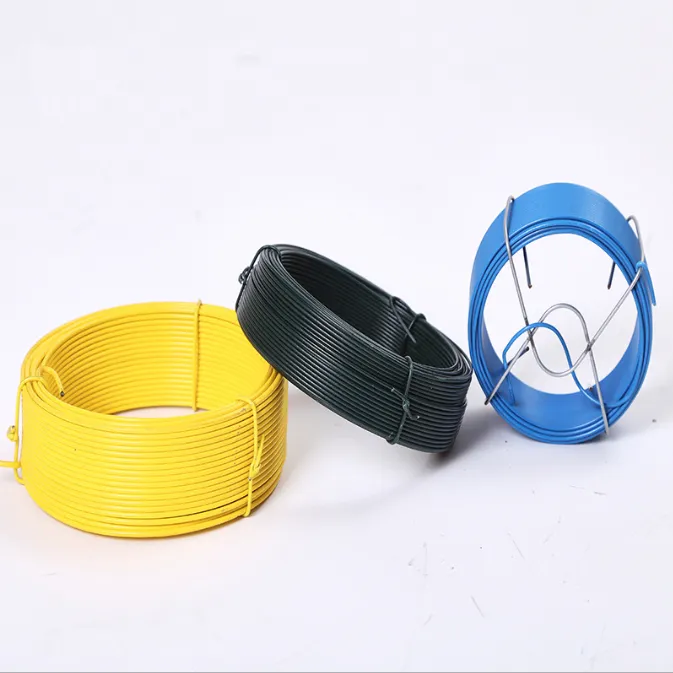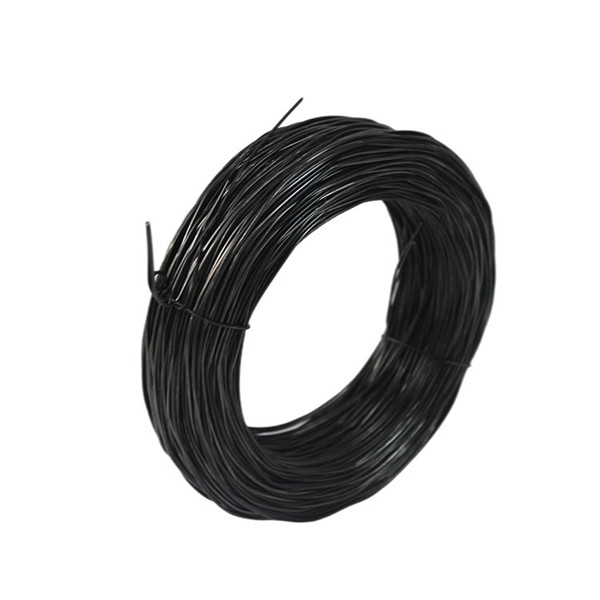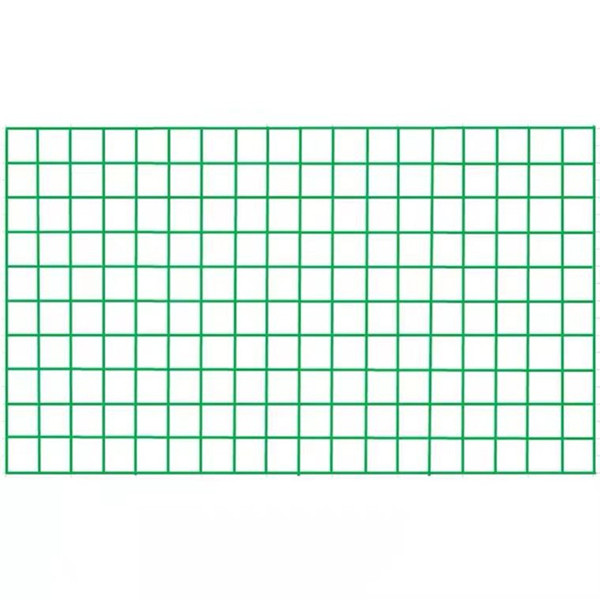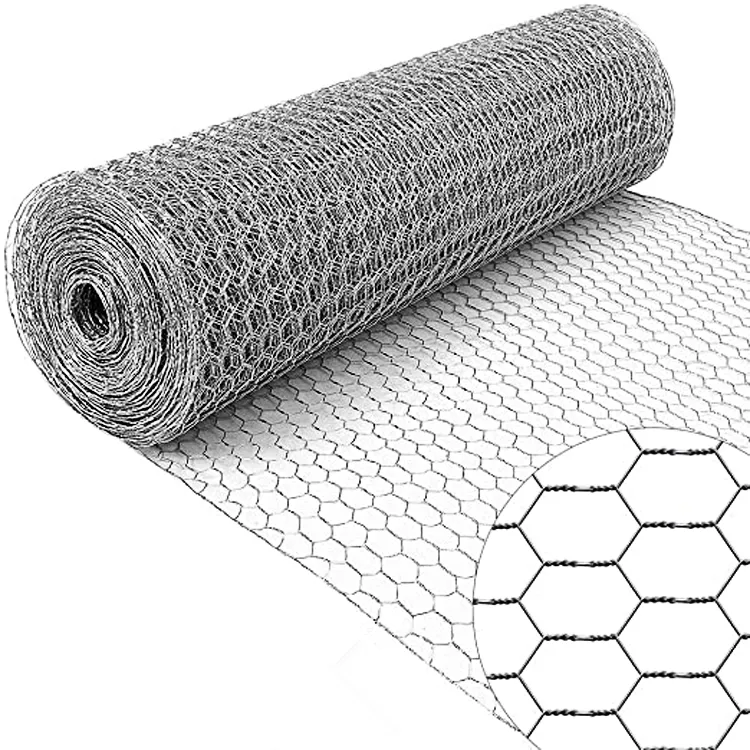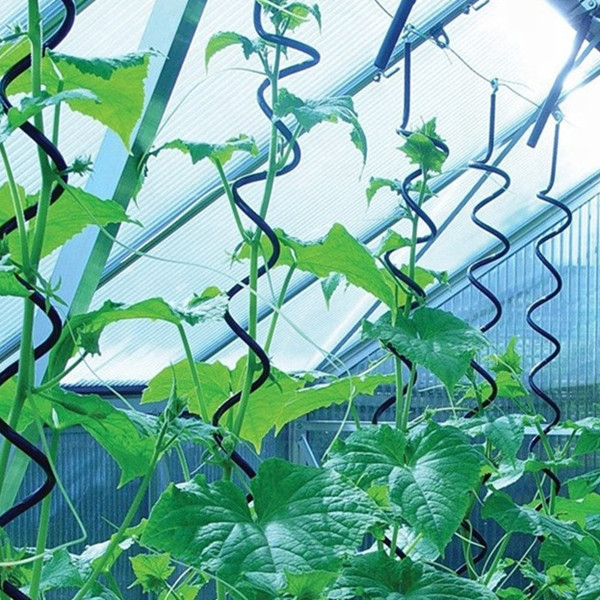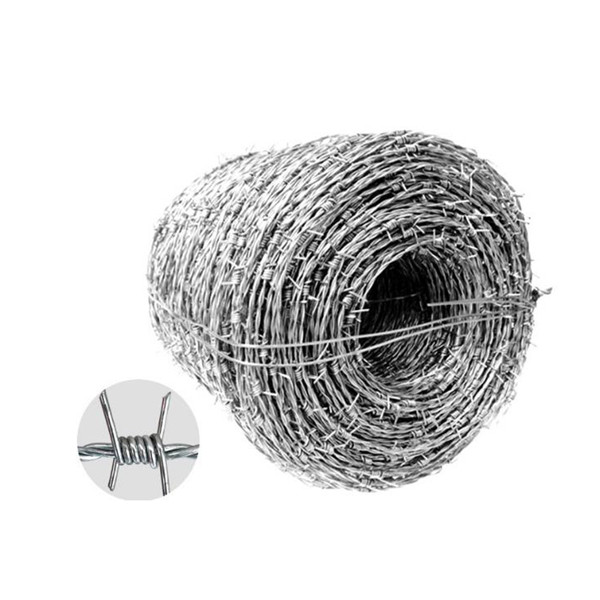- Introduction to 12 gauge annealed wire
and its relevance in the industry - In-depth technical characteristics and advantages of different annealed wires
- Comparative analysis of leading manufacturers (data-driven)
- Customization options and specification flexibility
- Typical industrial and commercial use cases
- Environmental and cost considerations
- Concluding summary: Market outlook for 12 gauge annealed wire
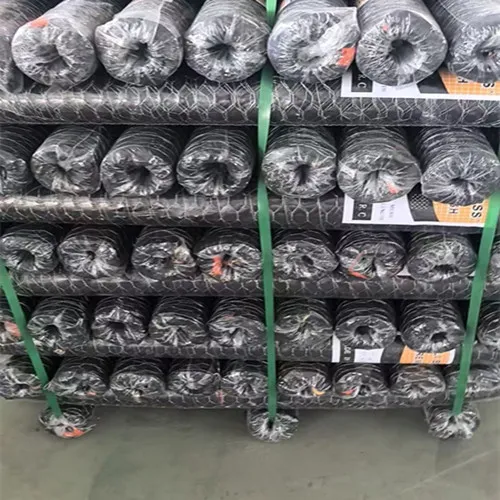
(12 gauge annealed wire)
Unveiling the Industrial Power of 12 Gauge Annealed Wire
The adoption of 12 gauge annealed wire has profoundly influenced construction, agriculture, and industrial manufacturing worldwide. This wire—recognized for its balance between malleability and tensile strength—supports critical applications ranging from reinforcement binding to fencing and baling. As market requirements intensify for durability and cost-effectiveness, 16 gauge black annealed wire and 9 gauge annealed wire have emerged as alternatives, each targeting niche technical demands. With galvanized and bare finishes, annealed wire meets myriad standards—ASTM A853 being notable for tensile properties—ensuring reliability across sectors. Market research indicates that by 2026, global consumption for annealed wire is expected to exceed 920,000 metric tons annually, corresponding to a CAGR of 4.8% from 2021 to 2026. Such robust statistics underscore the product’s pivotal role in modern infrastructure and manufacturing.
Technical Specifications and Performance Metrics
Annealed wire, produced by heating steel to a specific temperature and cooling it slowly, achieves increased ductility and reduced hardness—an ideal profile for tying and binding uses. The 12 gauge variety typically exhibits a diameter of 2.68 mm (0.1055 inches), offering a tensile strength ranging between 350–450 MPa. In comparison, 16 gauge black annealed wire presents a thinner 1.59 mm diameter with enhanced flexibility, often applied where fine adjustments are crucial. The 9 gauge alternative, with a robust 3.76 mm diameter, addresses high-load environments such as heavy industrial baling.
Chemical composition predominantly relies on low carbon steel (C ≤ 0.18%), which translates into easy processing and resistance to brittle fractures. Table 1 outlines the key technical differences among popular gauges.
| Wire Type | Diameter (mm) | Tensile Strength (MPa) | Common Standards | Elongation (%) |
|---|---|---|---|---|
| 12 gauge annealed wire | 2.68 | 350–450 | ASTM A853, EN 10218 | 25-32 |
| 16 gauge black annealed wire | 1.59 | 320–410 | ASTM A853 | 30-40 |
| 16 gauge annealed wire | 1.59 | 320–420 | GB/T 343 | 30-38 |
| 9 gauge annealed wire | 3.76 | 370–480 | ASTM A641 | 23-28 |
Manufacturer Benchmarking: Quality and Supply Chain Insights
The landscape of annealed wire manufacturing features both established global brands and regional specialists. Major producers—such as Bekaert (Belgium), Tata Wiron (India), and Anping County Hengxin Metal Wire Mesh Factory (China)—provide expansive portfolios covering diverse wire gauges and coating technologies.
Data-driven comparisons reveal significant variation in cost, surface finish uniformity, and package sizes which directly influence end-user satisfaction. Table 2 presents a comprehensive performance review of leading manufacturers on critical parameters.
| Manufacturer | Country | Wire Gauge Range | Average Elongation (%) | Surface Finish Rating (1–5) | Price per ton (USD) | Lead Time (weeks) |
|---|---|---|---|---|---|---|
| Bekaert | Belgium | 8–20 | 30.1 | 5 | 1250 | 3.2 |
| Tata Wiron | India | 8–18 | 29.4 | 4 | 1160 | 4.0 |
| Hengxin Metal | China | 9–20 | 32.5 | 4 | 980 | 2.6 |
| Middle East Wire Industries | UAE | 10–16 | 31.0 | 3 | 1060 | 3.8 |
While Bekaert consistently leads in surface finish and supply stability, Chinese manufacturers offer competitive pricing and faster delivery, making them attractive for high-volume, time-sensitive orders.
Customization: Meeting Diverse Project Demands
Versatility stands as the defining attribute for all grades of annealed wire, empowering users to order bespoke specifications that match the precise requirements of their projects. Customizations often cover gauge (ranging from 8 to 22), coil or cut length, tensile strength, surface finish (galvanized, black, PVC-coated), and packaging formats such as spools or baled coils.
For instance, construction companies favor heavy-duty 9 gauge annealed wire for concrete reinforcement binding due to its high yield strength, while floriculture and light-duty tying commonly use 16 gauge options for their ease of manipulation. Black annealed wire, attributed to its corrosion-resistant oxide layer, is particularly popular for exterior uses where exposure is expected.
Leading suppliers accommodate custom requests regarding elongation properties and even brand-specific color coding for identification on-site. This level of adaptability eliminates the need for post-processing modifications, thereby reducing project lead times and costs.
Industrial Use Cases: Real-World Applications
Annealed wire, irrespective of gauge, penetrates virtually every sector involved in physical assembly and fastening. Noteworthy application scenarios include:
- Construction: Employed as tying wire for rebar and duct securing, 12 gauge and 16 gauge annealed wires facilitate rapid deployment and reliable joints on large infrastructure sites.
- Agriculture: Provides structural support for fencing and baling, with 9 gauge annealed wire handling heavy crop or livestock constraints due to its enhanced mechanical strength.
- Packaging & Recycling: Critical for baling cardboard, textiles, and scrap metal, where flexibility and strength determine operational speed and safety.
- Artisanal Uses: Black annealed wire's malleability is leveraged in sculptures, flower arrangements, and hobby crafts.
- Automotive and HVAC: Utilized in wiring harnesses, cable management, and component bundling.
Economic and Environmental Factors
The economic feasibility of annealed wire extends beyond upfront material costs. Factors such as breakage rate, job site productivity, and recyclability all affect total lifecycle value. A cost analysis shows that black annealed wire, with its enhanced resistance to weather-induced degradation, yields up to 25% longer average service life in exterior construction compared to standard untreated wire.
With growing attention to sustainability, suppliers increasingly offer wires made from recycled low-carbon steel and utilize energy-efficient annealing processes, achieving up to 13% reduction in greenhouse gas emissions per ton produced. Moreover, the near-total recyclability of steel wire dovetails with “cradle-to-cradle” environmental policies adopted by leading corporations. Such improvements not only mitigate environmental impact but also serve to strengthen brand compliance with global regulatory standards.
Market Outlook and Future Trends for 12 gauge annealed wire
In summary, 12 gauge annealed wire has emerged as the preferred solution for industries seeking an optimal blend of machinability, strength, and cost efficiency. Advancements in steelmaking and annealing are resulting in wires with higher uniformity, better coatings, and customized packaging options. As digitalization and automation accelerate in manufacturing, the demand for precisely specified, defect-free annealed wire will skyrocket.
Continuing innovation from manufacturers, particularly in the fields of sustainability and logistics, ensures that both 16 gauge black annealed wire and 9 gauge thick variants remain viable for specialized applications. Looking ahead, both the global and regional supply chains appear poised to keep pace with evolving standards. Market participants should closely monitor developments in steel recycling, emissions control, and adaptive product design—all of which are set to shape the next generation of annealed wire solutions.
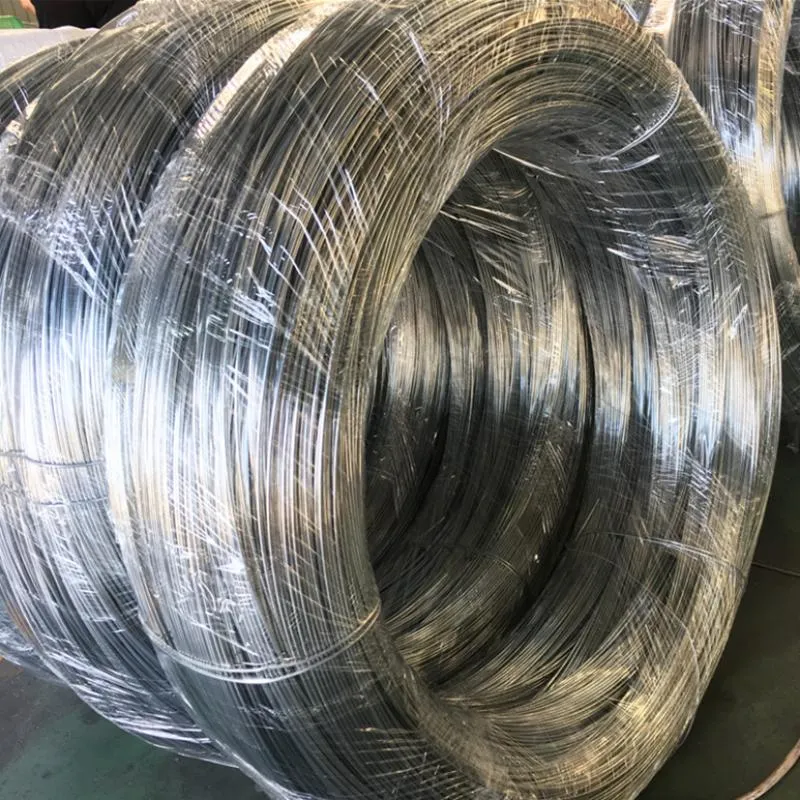
(12 gauge annealed wire)



